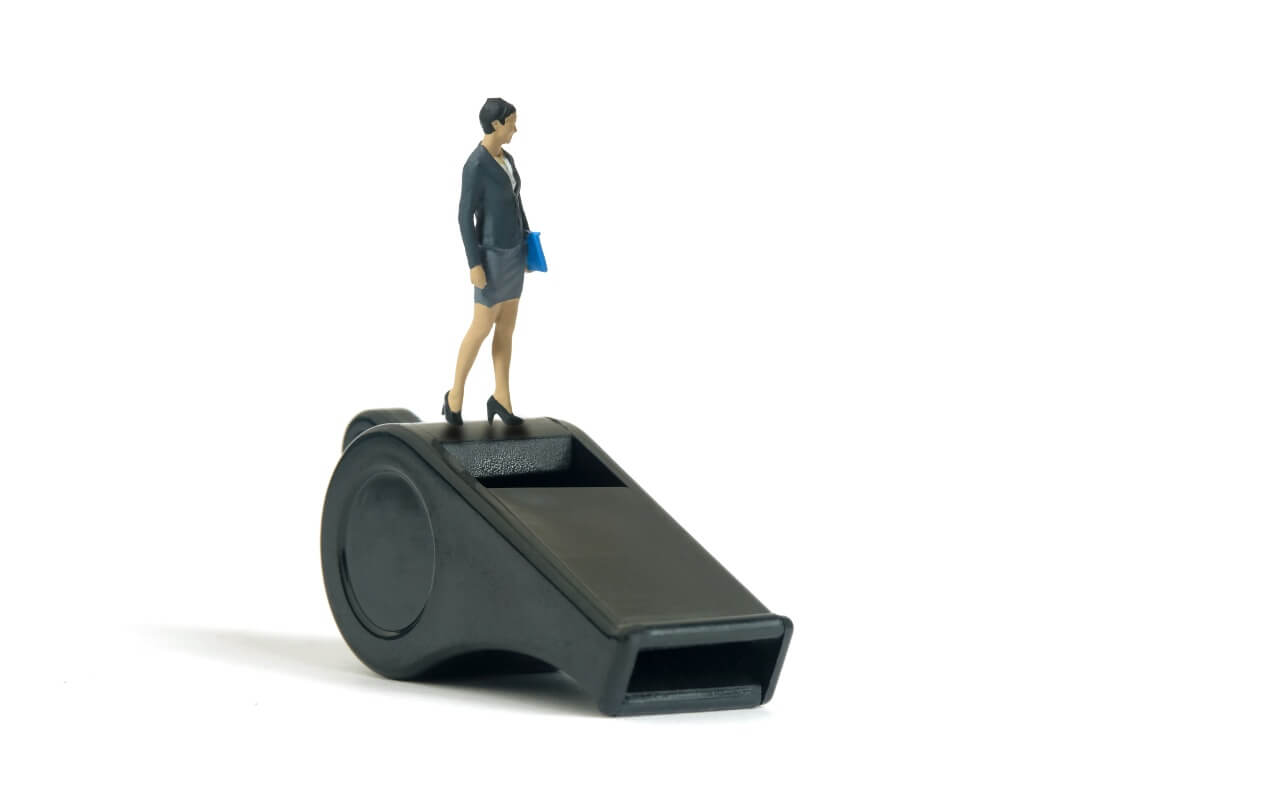The recent Employment Appeal Tribunal (EAT) case of Mrs R Kealy v Westfield Community Development Association 2023 EAT 96 provides helpful guidance on the difference between a qualifying disclosure and a protected disclosure for the purpose of whistleblowing claims.
This case involved an employee who worked as an Early Years Co-Ordinator at a nursery operated by the Respondent (a registered charity). The claimant alleged that she had made 9 protected disclosures relating to (1) funding issues; and (2) the heating system at the nursery which she believed was harmful or potentially harmful to health and safety. Three of the disclosures were made to the employer and six of the disclosures were made to external third parties.
The employee resigned from her position and brought a number of claims including claims that she had suffered detrimental treatment as a consequence of making protected disclosures. The Employment Tribunal dismissed all of the employee’s claims.
On appeal, the EAT held that the Employment Tribunal had failed to correctly apply the relevant legal tests to determine whether (1) the Claimant had made qualifying disclosures; and (2) if so, whether the qualifying disclosures were protected disclosures under the Employment Rights Act 1996 for the purpose of her detriment claims. Instead, the Employment Tribunal made its decision based on a defective list of issues which was not consistent with the statutory provisions for establishing whether the disclosures were qualifying and protected disclosures.
The EAT went on to provide some helpful guidance on the proper application of the tests which should be applied to disclosures in whistleblowing detriment claims.
Qualifying Disclosures
For a qualifying disclosure to be established, the relevant test is as follows:
- There must first be a disclosure of information which has sufficient factual content and specificity (it does not matter that the information is already known to the recipient of the disclosure).
- The individual must reasonably believe that the disclosure is in the public interest.
- The individual must reasonably believe that the disclosure shows or tends to show one of the following has occurred or is likely to occur:
- a criminal offence;
- a breach of legal obligation;
- a miscarriage of justice;
- a danger to health and safety of an individual;
- damage to the environment; or
- related to a deliberate attempt to conceal any of the matters in (1) to (5) above.
Protected Disclosures
For a protected disclosure to be established, the disclosure must always be a qualifying disclosure (see above) and the relevant test differs according to the recipient of the disclosure:
- If the qualifying disclosure has been made to the employer and/or a third party authorised to deal with disclosures under the employer’s whistleblowing policy and/or a Government Minister, it will be a protected disclosure.
- If the qualifying disclosure has been made to a third party whom the individual reasonably believes the wrongdoing relates to or to a matter which is their legal responsibility, it will be a protected disclosure.
- If the qualifying disclosure has been made to a legal adviser in the course of taking legal advice, it will be a protected disclosure.
- If the qualifying disclosure has been made to a prescribed person or body specified in the legislation, if the individual reasonably believes the wrongdoing falls within the description of matters for which the person or body has been prescribed and the information disclosed and any allegations it contains are substantially true, it will be a protected disclosure.
- If the qualifying disclosure has been made to any other person the individual must overcome the following additional hurdles for it to be treated as a protected disclosure:
- the individual must reasonably believe that the information disclosed and any allegations it contains are substantially true;
- the individual must not be acting for personal gain;
- the wrongdoing must be of an exceptionally serious nature; and
- the disclosure must be reasonable in all the circumstances, having regard in particular to the identity of the person to whom the disclosure was made.
In summary, the test for qualifying disclosures relates to the content of the disclosure and the test for whether or not a qualifying disclosure is also a protected disclosure relates to the recipients of the disclosure.
This case highlights the importance of not conflating the tests for qualifying disclosures and protected disclosures in whistleblowing cases and this is especially important where disclosures have been to someone other than the employer. This case is also a useful reminder for employers to carefully analyse any disclosures of information and to recognise those which are likely to be protected disclosures and which should be dealt with under the employer’s whistleblowing policy.



